When you enjoy the outdoors, the last Ticks are something you should be concerned about. According to the Alaska State Division of Environmental Health, these tiny, eight-legged crawlers are particularly hard to spot. They are teardrop-shaped, ranging in size from a grain of salt to an apple seed, though they swell when they feed. Ticks live primarily in wooded areas, yards, and low-lying meadows and can cause general discomfort and serious health problems to humans and pets.
Although ticks transmit Lyme disease, it is important to know that they do not all Ticks carry the bacteria. According to Johns Hopkins Medicine, ticks infected with Lyme disease vary by region and can affect less than 1% to more than 50% of the population. Johns Hopkins recommends researching your area (or areas you’ll be traveling to) for the most accurate information. The CDC has an interactive map of Lyme disease rates in the United States (and other great online resources for education and support).
If you know you’re going to be in tick-infested areas, Matthew Aardema, assistant professor of biology at Montclair State University, recommends taking necessary precautions before going outside. Wear lighter colors (which make it easier to see ticks), tuck your pants into your socks and your shirts into your belt, and make sure you have good insect repellent. You should also consider treating your clothing, shoes, and equipment with a spray containing 0.5% Permethrin.
You should also make sure to inspect yourself, your children and your pets when spending time outdoors, making sure to clean your scalp, behind your ears, armpits, groin, navel and behind your knees. And hop in the shower after a hike or camping trip to make sure they’re nice and clean.
“A tick that is looking for a place to bite is much easier to eliminate than a tick that has already started feeding,” Aardema told HuffPost. “So check for ticks frequently when hiking or spending an extended period of time outdoors. »
Of course, if you spot one of these creatures on your body, you will need to remove it as quickly as possible, especially before it starts feeding. To help you repel these pests, we’ve rounded up some popular tick removers to keep with you while you enjoy the outdoors.
HuffPost and its publishing partners may earn a commission on purchases made through links on this page. Each item is independently selected by the HuffPost Shopping team. Prices and availability are subject to change.
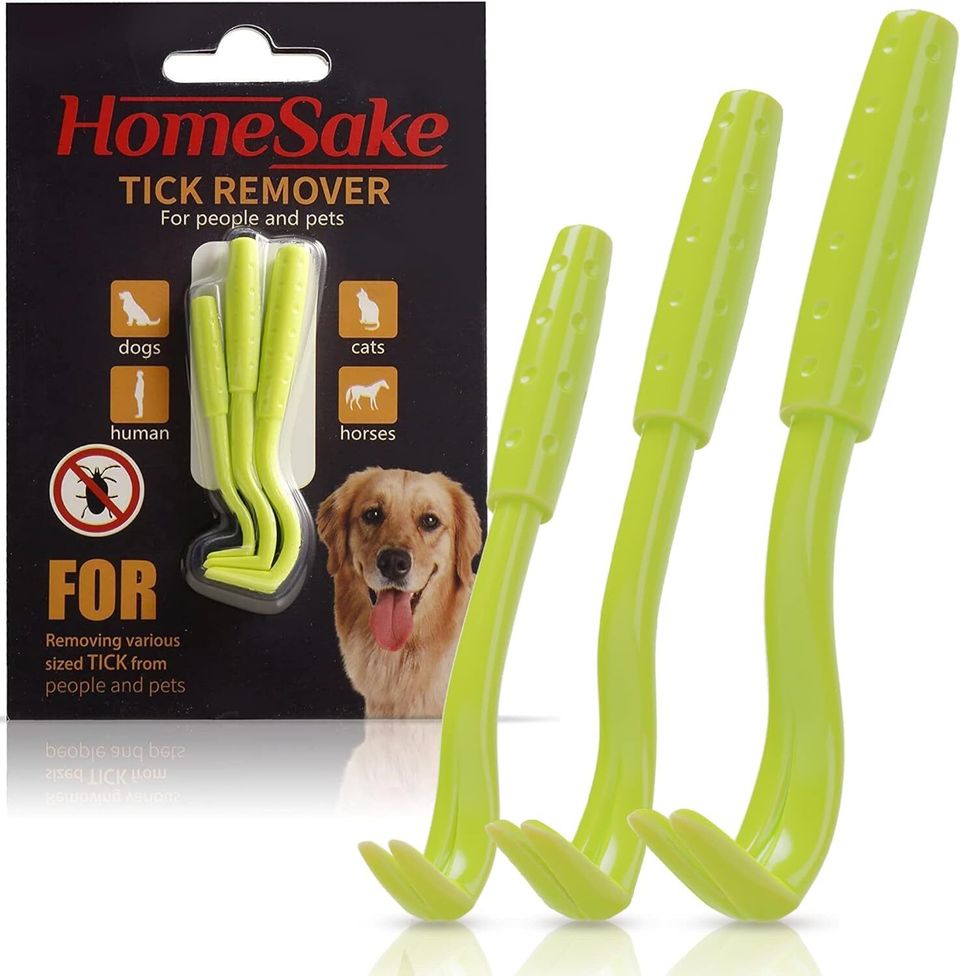
Amazon
A trio of removal tools that reviewers say are great for dogs
Promising results: “We hike a lot and spend a lot of time outdoors, so ticks are pretty normal for us. Our puppies are properly vaccinated and on preventative medication, but ticks are horrible this season and these removal tools have come in handy! We’ve had a 100% success rate with this tool, and we won’t even try using tweezers again. I highly recommend keeping them easily accessible during tick season if your pups hang out outside with you! » — Kayla H
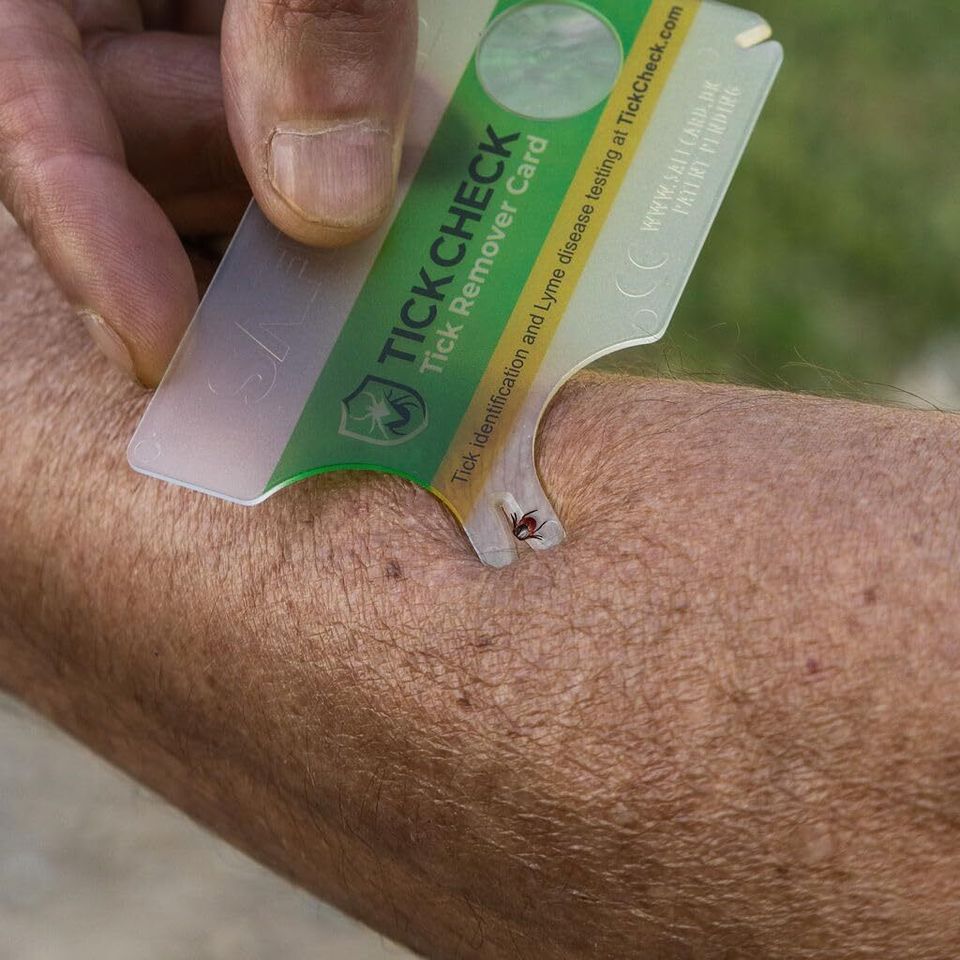
Amazon
A card-type remover that can fit in your wallet
Promising results: “With the many ticks I’ve removed from my pets and myself, it’s become a very reliable tool!” — Gérard Webb
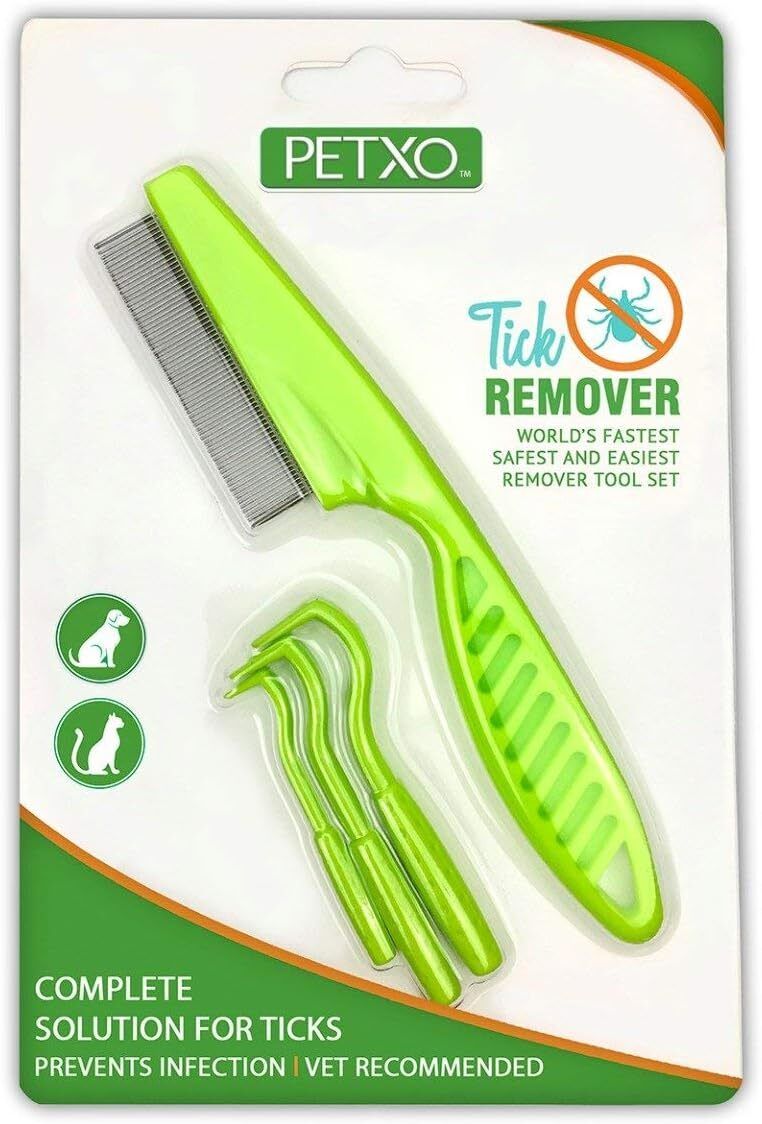
Amazon
A trio of stain removers with a flea comb
Promising results: “My cat had a tick that she didn’t want me near. The tool made removing it quick and less stressful than imagined. She also loves the flea comb.” —Itzy
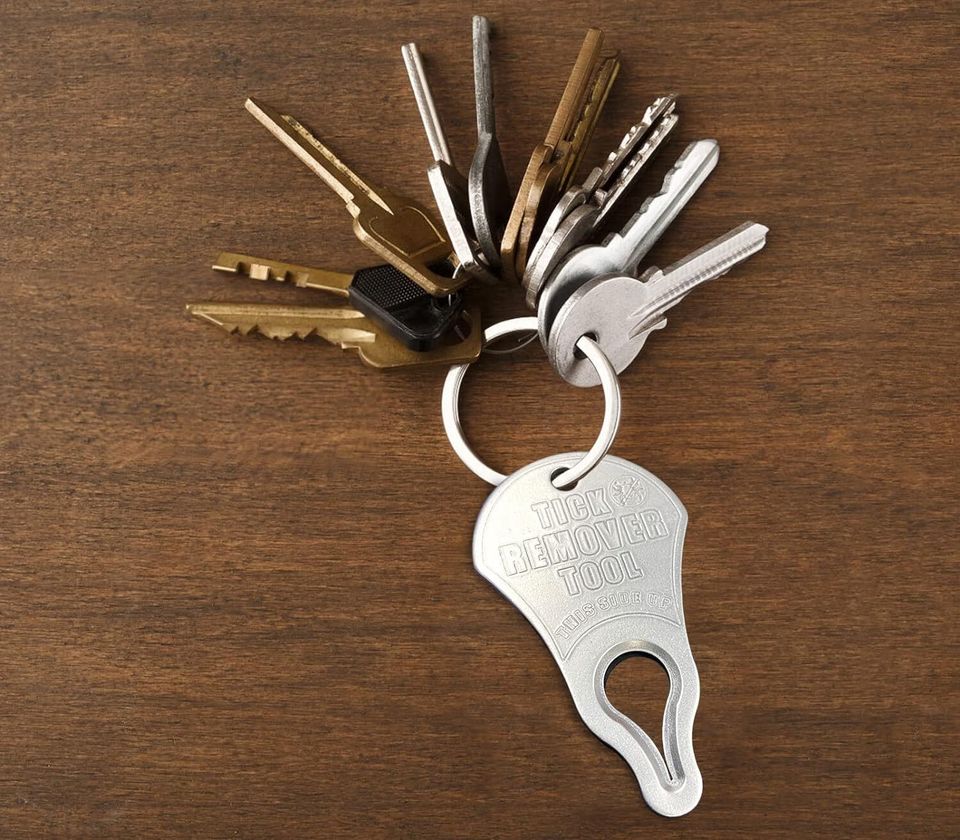
Amazon
A set of three keychain tools
Promising results: “I’m sorry to say I “finally” got to use these today, but… I had a tick on my neck and this little tool made it easy. I thought the angle of my neck would make it difficult, but nope. I got it out intact. Definitely worth having around the house.” – Kyle V.
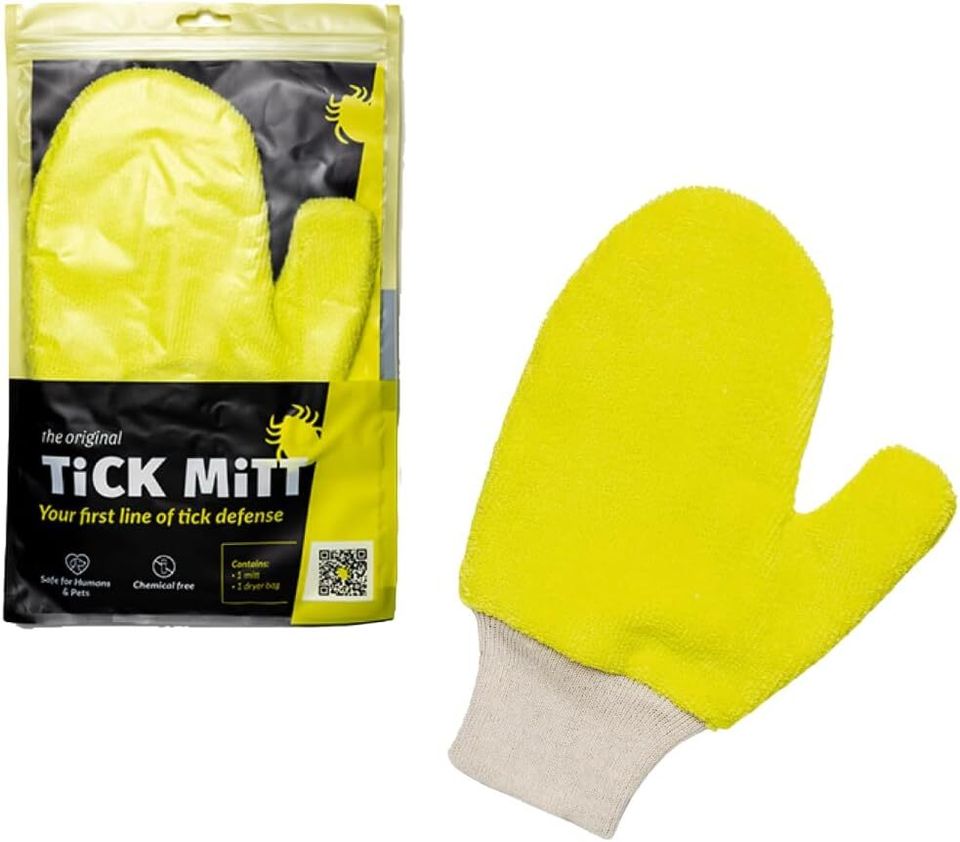
Amazon
A practical anti-tick glove
Promising review: “This is a must have for any outdoor enthusiast. As someone who has close friends who have had Lyme disease, the glove is so easy to use and eliminates the hassle. I can’t wait to take it with me to the golf course and when we go hiking!!” —Joshua Aaron Knoller
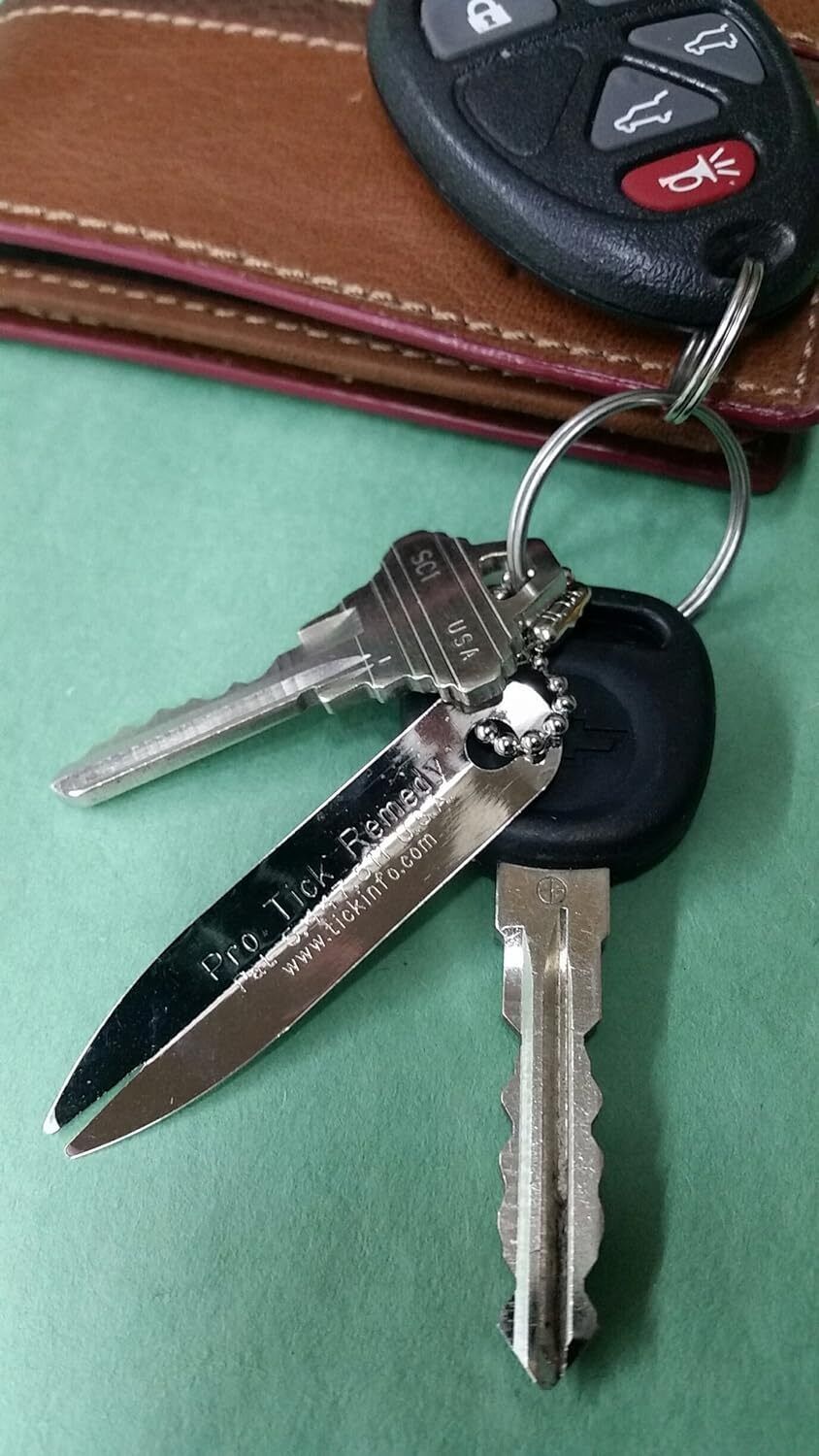
Amazon
A key ring remover with a magnifying glass
Promising review: “They have a forked shape that allows you to get under the little critters without squeezing the body or head. Then you pull firmly and you usually remove the entire tick. The vet suggested it for the dog, but I have used it on kids for years. I give them to my family as Christmas gifts because they are so useful and inexpensive. I also carry one on every keychain so I can remove ticks while I am still outside.” — EMT

Amazon
A pair of removal tools for humans and pets
Promising review: “I live in an area with a lot of ticks. This works wonderfully for removal. Something you hope you never need to use, but is important if you do.” – Patricia
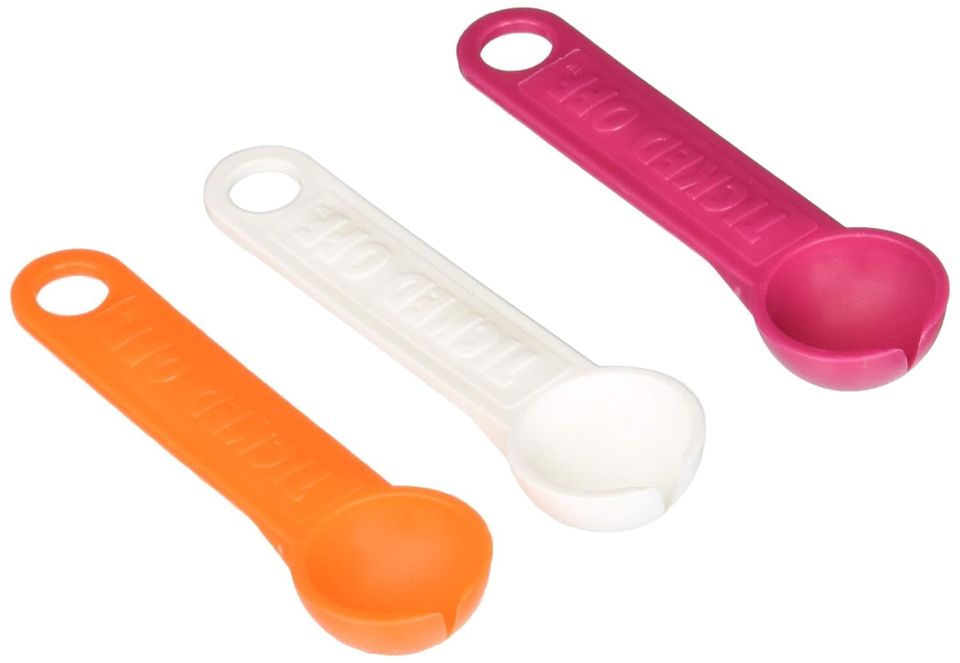
Amazon
A trio of bowl-shaped tick removers
Promising results: “I live in the Northeast so I live in deer tick country. Having dogs and kids around me it’s like I’m always picking a tick off someone or something. This is such a great way to do it hands free, no pain, no tears, the whole tick comes off, great product” — Rebecca
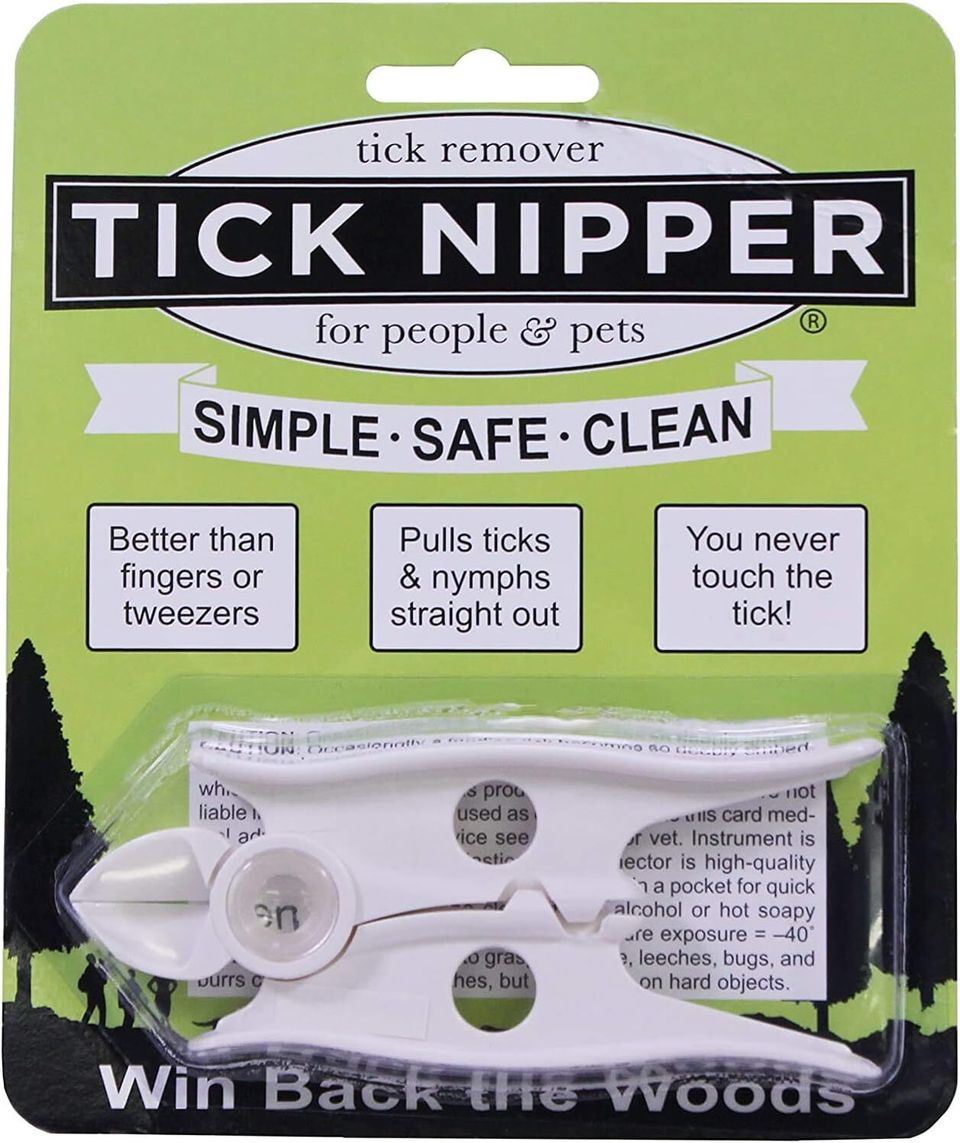
Amazon
A tweezer-type remover
A promising review:”He was able to remove a tick that you couldn’t see the body of. This is the instrument used in my medical office to remove the smallest deer tick I’ve ever been bitten by.” — Kindle Customer